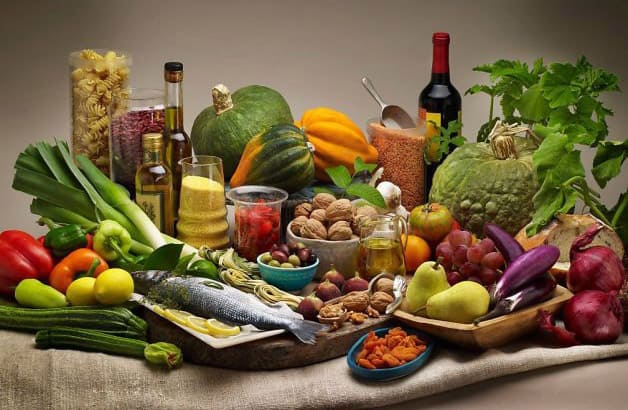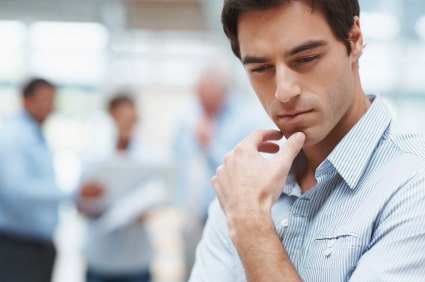A paradigm shift in the cause of atherosclerotic cardiovascular disease (ASCVD) as a “normal” or fundamental part of human aging, is taking place. I put normal in quotes as while it may be a normal aspect of our evolution as a species, that does not mean we don’t want to avoid it obviously.
Sources:
“Is atherosclerosis fundamental to human aging? Lessons from ancient mummies”
Abstract
Case reports from Johan Czermak, Marc Ruffer, and others a century or more ago demonstrated ancient Egyptians had atherosclerosis three millennia ago. The Horus study team extended their findings, demonstrating that atherosclerosis was prevalent among 76 ancient Egyptian mummies and among 61 mummies from each of the ancient cultures of Peru, the American Southwest, and the Aleutian Islands. These findings challenge the assumption that atherosclerosis is a modern disease caused by present day risk factors. An extensive autopsy of an ancient Egyptian teenage male weaver named Nakht found that he was infected with four parasites: Schistosoma haematobium, Taenia species, Trichinella spiralis, and Plasmodium falciparum. Modern day patients with chronic inflammatory disease such as rheumatoid arthritis, systemic lupus erythematosus, and human immunodeficiency virus experience premature atherosclerosis. Could the burden of chronic inflammatory disease have been a risk factor for atherosclerosis in these ancient cultures? The prevalence of atherosclerosis in four diverse ancient cultures is consistent with atherosclerosis being fundamental to aging. The impact of risk factors in modern times, and potentially in ancient times, suggests a strong gene-environmental interplay: human genes provide a vulnerability to atherosclerosis, the environment determines when and if atherosclerosis becomes manifest clinically.
https://www.sciencedirect.com/science/article/pii/S0914508714000203
“Atherosclerosis as the Damocles’ sword of human evolution: insights from nonhuman ape-like primates, ancient human remains, and isolated modern human populations”
Abstract
Atherosclerosis is the leading cause of death worldwide, and the predominant risk factors are advanced age and high-circulating low-density lipoprotein cholesterol (LDL-C). However, the findings of atherosclerosis in relatively young mummified remains and a lack of atherosclerosis in chimpanzees despite high LDL-C call into question the role of traditional cardiovascular risk factors. The inflammatory theory of atherosclerosis may explain the discrepancies between traditional risk factors and observed phenomena in current literature. Following the divergence from chimpanzees several millennia ago, loss of function mutations in immune regulatory genes and changes in gene expression have resulted in an overactive human immune system. The ubiquity of atherosclerosis in the modern era may reflect a selective pressure that enhanced the innate immune response at the cost of atherogenesis and other chronic disease states. Evidence provided from the fields of genetics, evolutionary biology, and paleoanthropology demonstrates a sort of circular dependency between inflammation, immune system functioning, and evolution at both a species and cellular level. More recently, the role of proinflammatory stimuli, somatic mutations, and the gene-environment effect appear to be underappreciated elements in the development and progression of atherosclerosis. Neurobiological stress, metabolic syndrome, and traditional cardiovascular risk factors may instead function as intermediary links between inflammation and atherosclerosis. Therefore, considering evolution as a mechanistic process and atherosclerosis as part of the inertia of evolution, greater insight into future preventative and therapeutic interventions for atherosclerosis can be gained by examining the past.
https://journals.physiology.org/doi/abs/10.1152/ajpheart.00744.2023
Will Brink is the owner of the Brinkzone Blog. Will has over 30 years experience as a respected author, columnist and consultant, to the supplement, fitness, bodybuilding, and weight loss industry and has been extensively published. Will graduated from Harvard University with a concentration in the natural sciences, and is a consultant to major supplement, dairy, and pharmaceutical companies.
His often ground breaking articles can be found in publications such as Lets Live, Muscle Media 2000, MuscleMag International, The Life Extension Magazine, Muscle n Fitness, Inside Karate, Exercise For Men Only, Body International, Power, Oxygen, Penthouse, Women’s World and The Townsend Letter For Doctors.
He’s also been published in peer reviewed journals.
Will is the author of the popular e-books, both accompanied by private members forum access , Bodybuilding Revealed & Fat Loss Revealed.
You can also buy Will’s other books on Amazon, Apple iBook, and Barnes and Noble.







I just very recently read AGAIN a book by Dr. Kate Rheaume-Bleue entitled Vitamin K2 and the Calcium Paradox. I read it because my PCP again suggested I take a statin. Statins have negative side effects which I will always avoid. If you were to read this book, you’d see that there is a better way to address the question of plaque buildup in the artieries. My cholesterol has been “high” since I was a kid in Wisconsin drinking milk and eating “meat and potatoes”. But, in recent years (since first reading this book), I’ve been taking K2, D, Mag, Vit A and recent chemical stress tests have shown NO BLOCKAGES. Studies published in respected medical journals have affirmed this opinion. Yet, traditional Western medicine mostly ignores it. It’s much more profitable to have statins be a #1 seller than to address the matter in a more effective and safer manner.